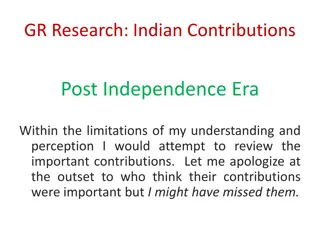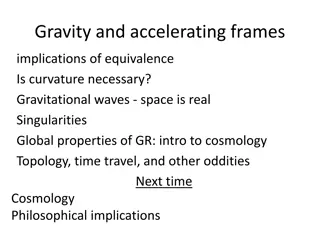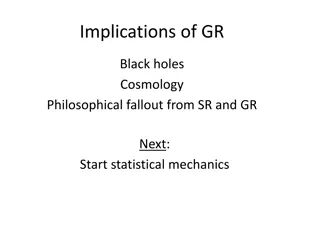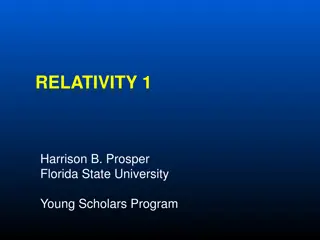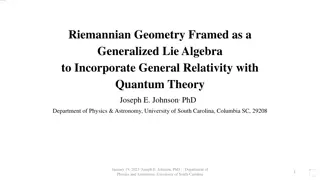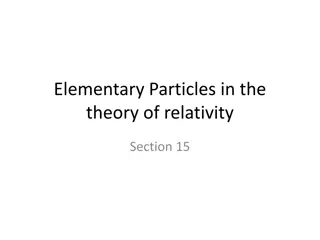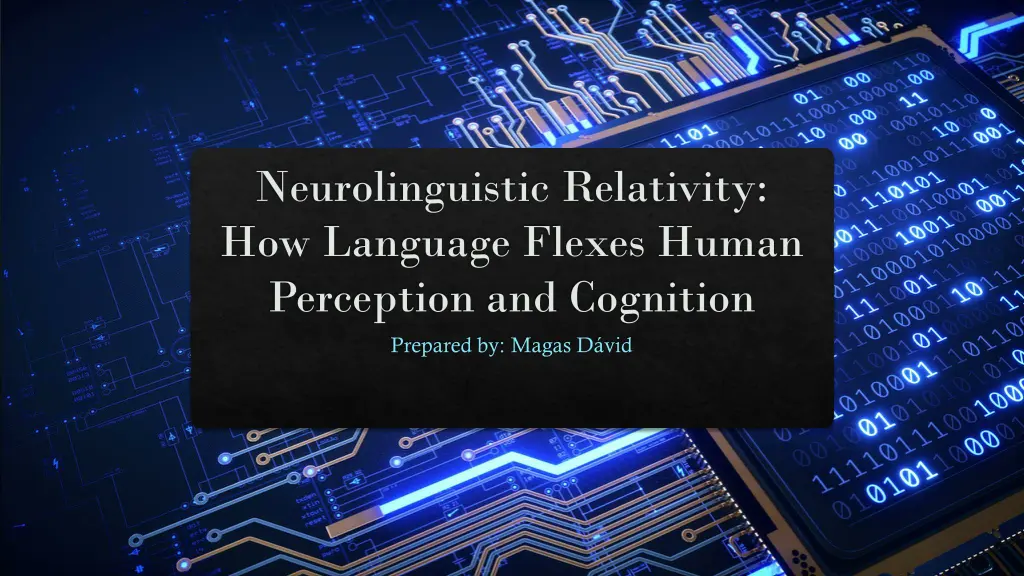
Understanding Neurolinguistic Relativity
Explore how language influences human perception and cognition through the interconnection between nonverbal and verbal information processing. The article delves into the neurophysiological approach, the label-feedback hypothesis, color and object categorization studies with Greek and English native speakers, concerns about unconscious processes and language effects, as well as studies on term-driven categorical distinction and object categorization plasticity.
Download Presentation

Please find below an Image/Link to download the presentation.
The content on the website is provided AS IS for your information and personal use only. It may not be sold, licensed, or shared on other websites without obtaining consent from the author. If you encounter any issues during the download, it is possible that the publisher has removed the file from their server.
You are allowed to download the files provided on this website for personal or commercial use, subject to the condition that they are used lawfully. All files are the property of their respective owners.
The content on the website is provided AS IS for your information and personal use only. It may not be sold, licensed, or shared on other websites without obtaining consent from the author.
E N D
Presentation Transcript
Neurolinguistic Relativity: How Language Flexes Human Perception and Cognition Prepared by: Magas D vid
Introduction Objective of article: not to just acknowledge that language influences thought. (it simply does) But explain the interconnection between nonverbal and verbal information processing. Neurophysiological approach. Because behavioural studies are heavily subjected to verbal interference and late postperceptual strategic effects We silently verbalize things (talking to ourselves) Verbal contamination
Rather researchers should capture mental processing that is early, unconscious, automatic Exclude online language processing Therefore, involve measurements of brain physiology into experimental settings EEG Also easier to argue for or against the linguistic relativity hypothesis (though not the objective of article) But little or noneuroscientific evidence for a separated language modul On the other hand, a lot of evidence that supports interconnections of regions The label-feedback hypothesis
Color and object categorization Greek and English native speakers In Greek: two basic color terms for light and dark blue In English: there is only blue Event related brain potentials Simple shape detection task Larger mismatch negativity was predicted for the blue contrast in the case of native speakers of Greek. Control condition: light green/dark green contrast.
Concerns (a) Is it possible to know that the process is unconscious? (b) Is it possible to exclude online effects of language processing? (c) Effects due to environmental differences? All answered
Other studies Divide the Greek in groups of 10 Short (average of 7.2 months) and long (average of 42.6 months) stay vMMN effect was reduced in the long stay group Indicates that terminology drives categorical distinction and its plasticity Similar results for object categorization with English and Spanish native speakers However, it is only early stages of visual categorization. Obviosly, people can still tell objects apart regardless of the lack of terminology In addition, studies with non trivially related concepts
Motion conceptualization This time not terminology but grammar Various languages deal with path, goal, direction, manner of motion differently. Relationship between grammatical aspect and attention to endpoints when people observe motion Incomplete videos, verbal interference tasks However these are again behavioural studies (effect of language on language) Study by Flecken et al. (2015) Trajectories, shapes
Executive function Welsh-English bilinguals in an adapted version of the flanker task It is possible to modulate inhibitory control by showing bilinguals a mixture of words of their languages Even if the istruction is to ignore the words. Furthermore, suboptimal choices, related to emotional aspects of people s decision making can be due to language context Second language moderates people s risk taking attitudes Gao et al. (2015) play and leave paradigm with first and second language
Conclusion Neurophysiological evidence to support theoretical linguistic accounts and behavioural data on linguistic relativity. Language and other aspects of cognition interact in a complex way Lexical and grammatical aspects of different languages influence color, object perception and motion conceptualization. Is language essential to certain perceptual distinctions? Are explicit and implicit learning differently affected by language? How does language interact with other non-linguistic variables?





